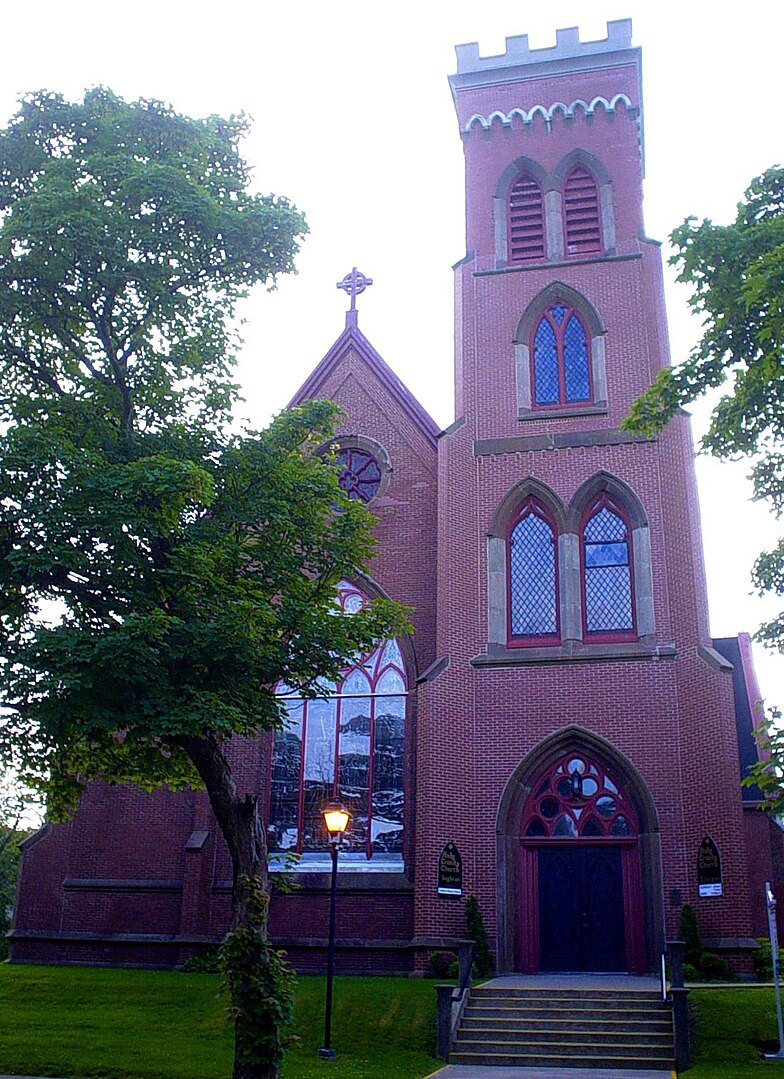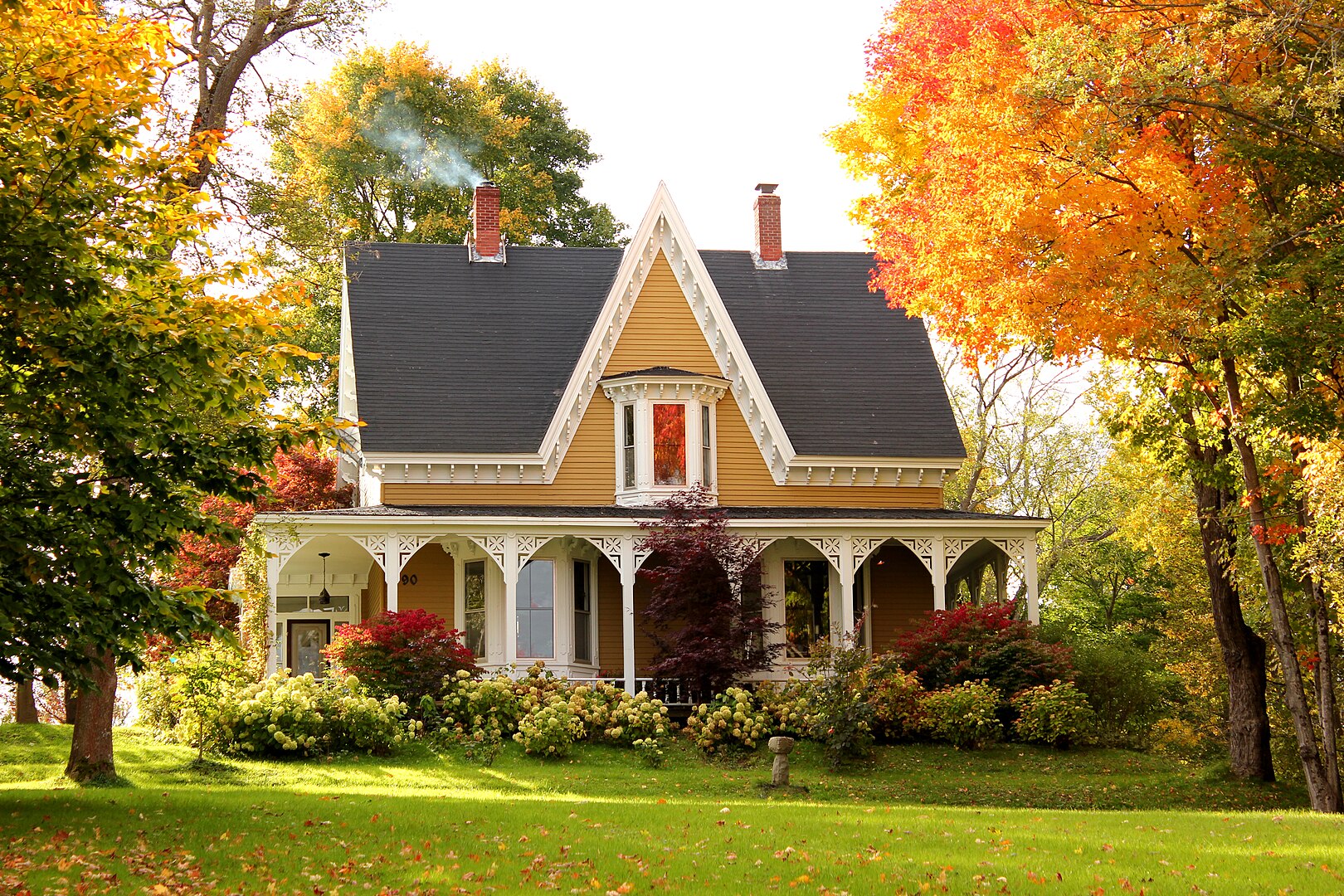
Seaview Cottage
Antigonish
1876
Gothic Revival Architecture in Nova Scotia: A Testament to Tradition and Innovation
Nova Scotia, a province known for its picturesque landscapes and maritime charm, also boasts a rich architectural history, deeply influenced by European styles. Among these, Gothic Revival architecture stands out as one of the most prominent and enduring. Characterized by its soaring spires, pointed arches, and intricate detailing, Gothic Revival architecture reflects both the province’s colonial past and its desire to showcase spiritual and cultural aspirations.
The Roots of Gothic Revival
Gothic Revival architecture emerged in the late 18th century in Europe, drawing inspiration from medieval Gothic buildings that dominated the skylines of Europe’s great cities. This style was a reaction to the neoclassical architecture of the time, emphasizing emotion, grandeur, and a connection to the divine. It reached Nova Scotia in the early 19th century, brought by settlers from Britain and Ireland who sought to recreate the spiritual and cultural edifices they had left behind.
Defining Features of Gothic Revival
Gothic Revival buildings are immediately recognizable by several key features:
- Pointed Arches – One of the most iconic elements of Gothic Revival is the pointed arch, used in windows, doorways, and vaulting. This feature gives the structures a sense of height and grandeur.
- Ribbed Vaults – A nod to medieval churches, ribbed vaults add an element of intricate beauty while also distributing the weight of stone buildings more effectively.
- Flying Buttresses – Though less common in smaller buildings, larger churches and cathedrals employed flying buttresses, which provided additional support and contributed to the verticality of the structures.
- Stained Glass Windows – These colorful displays, often depicting religious scenes, allow light to flood interiors in an almost ethereal glow, creating a spiritual atmosphere that characterizes Gothic Revival churches.
- Ornate Facades – Intricate stonework, often featuring religious iconography, is a hallmark of Gothic Revival, lending a sense of craftsmanship and artistry to the buildings.
Nova Scotia’s Gothic Revival Landmarks
Nova Scotia’s adoption of Gothic Revival architecture can be seen primarily in its ecclesiastical structures. The province is dotted with churches and cathedrals that reflect this style, many of which remain in use today.
- St. Mary’s Basilica, Halifax Arguably the most famous Gothic Revival building in Nova Scotia, St. Mary’s Basilica in Halifax is a stunning example of the grandeur of this architectural style. Completed in 1899, the cathedral’s stone spire towers over the city, and its pointed arches and stained glass windows reflect a timeless reverence. As the seat of the Roman Catholic Archdiocese of Halifax-Yarmouth, the basilica plays both a spiritual and architectural role in the city.
- All Saints Cathedral, Halifax Another Gothic Revival treasure in Halifax, All Saints Cathedral, completed in 1910, serves as the cathedral for the Anglican Diocese of Nova Scotia and Prince Edward Island. Its Gothic features, including pointed arches and a prominent spire, make it one of the province’s most impressive religious structures.
- St. John’s Anglican Church, Lunenburg This Gothic Revival church, one of the oldest Anglican churches in North America, dates back to 1754. Though it predates the height of the Gothic Revival movement, its design was influenced by medieval Gothic styles, making it a precursor to the more elaborate Gothic Revival churches that would follow. After a fire in 2001, the church was meticulously restored to its former glory, maintaining its Gothic character.
- University of King’s College, Halifax While Gothic Revival is most commonly associated with religious structures, it also found its way into educational institutions. The University of King’s College in Halifax, with its grand stone buildings and pointed arches, reflects the Gothic Revival tradition, bringing a sense of scholarly tradition and permanence to the campus.
Gothic Revival Beyond Churches
While churches are the most visible examples of Gothic Revival in Nova Scotia, the style also influenced the design of public and institutional buildings. Government houses, courthouses, and universities adopted Gothic Revival elements to convey a sense of authority and longevity. These buildings, though often more restrained than the grand cathedrals, still bear the hallmarks of the style in their arches, window designs, and facades.
The Enduring Legacy of Gothic Revival in Nova Scotia
Today, Gothic Revival architecture continues to be a source of pride and fascination in Nova Scotia. These buildings, with their rich history and striking designs, serve as tangible reminders of the province’s colonial past and its deep connection to European architectural traditions. Preservation efforts ensure that future generations will continue to enjoy the beauty and craftsmanship of these structures.
As Nova Scotia grows and evolves, its Gothic Revival buildings remain a testament to the province’s ability to blend tradition with innovation, spirituality with craftsmanship, and history with modernity. Whether you’re walking through the streets of Halifax or exploring the small towns along the coast, the Gothic Revival style stands as a constant reminder of Nova Scotia’s rich architectural heritage.
Conclusion
Gothic Revival architecture has left an indelible mark on Nova Scotia, shaping not only its skyline but also its cultural and spiritual identity. From the towering spires of St. Mary’s Basilica to the quaint charm of St. John’s Anglican Church, these structures continue to inspire awe and admiration. For lovers of history and architecture alike, Nova Scotia’s Gothic Revival landmarks are a must-see, offering a glimpse into the province’s past and its enduring connection to the great architectural movements of Europe.
First Baptist Church
Amherst
1895
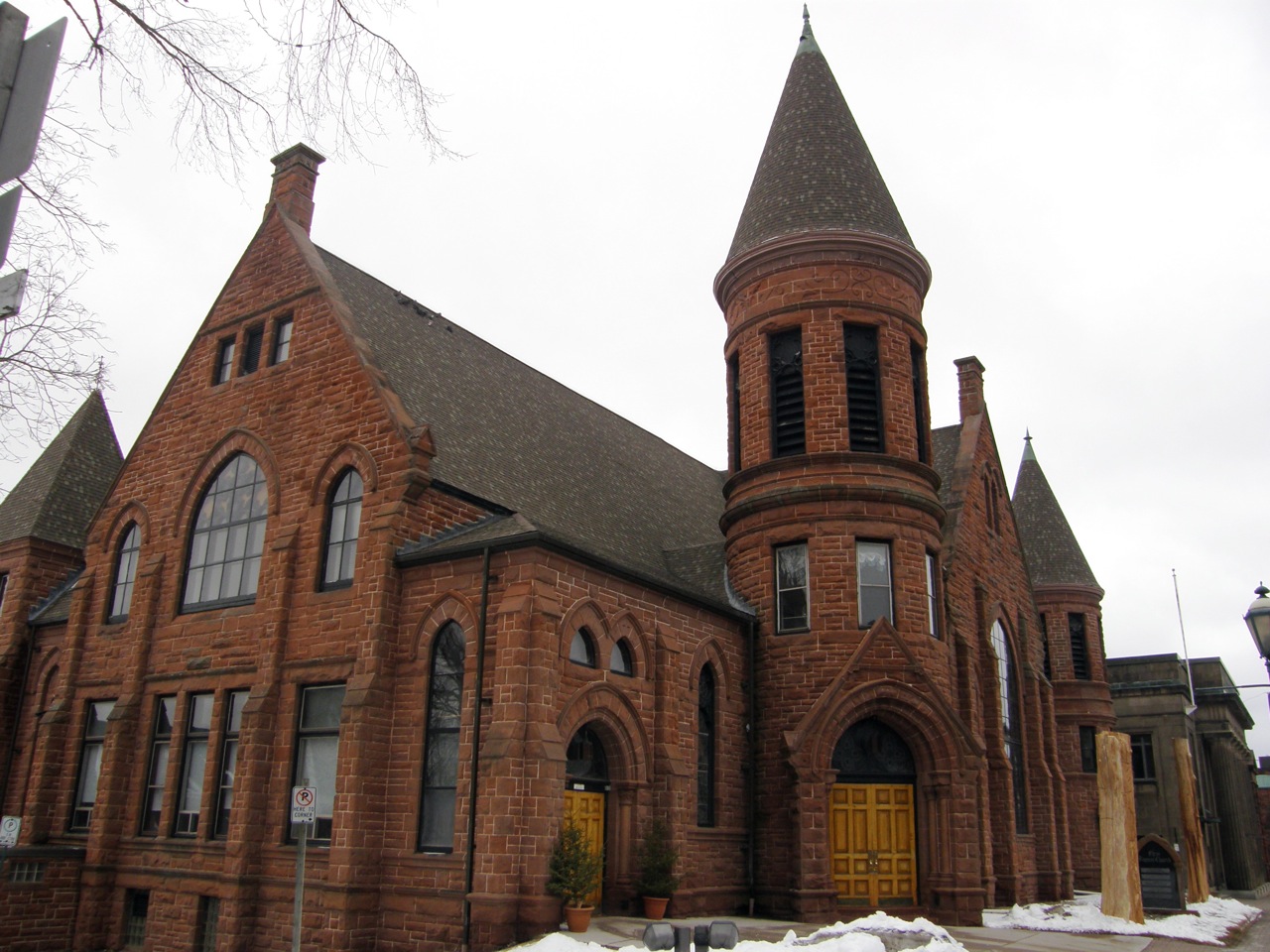
Royal St-Luke’s Anglican Church
Annapolis
1874
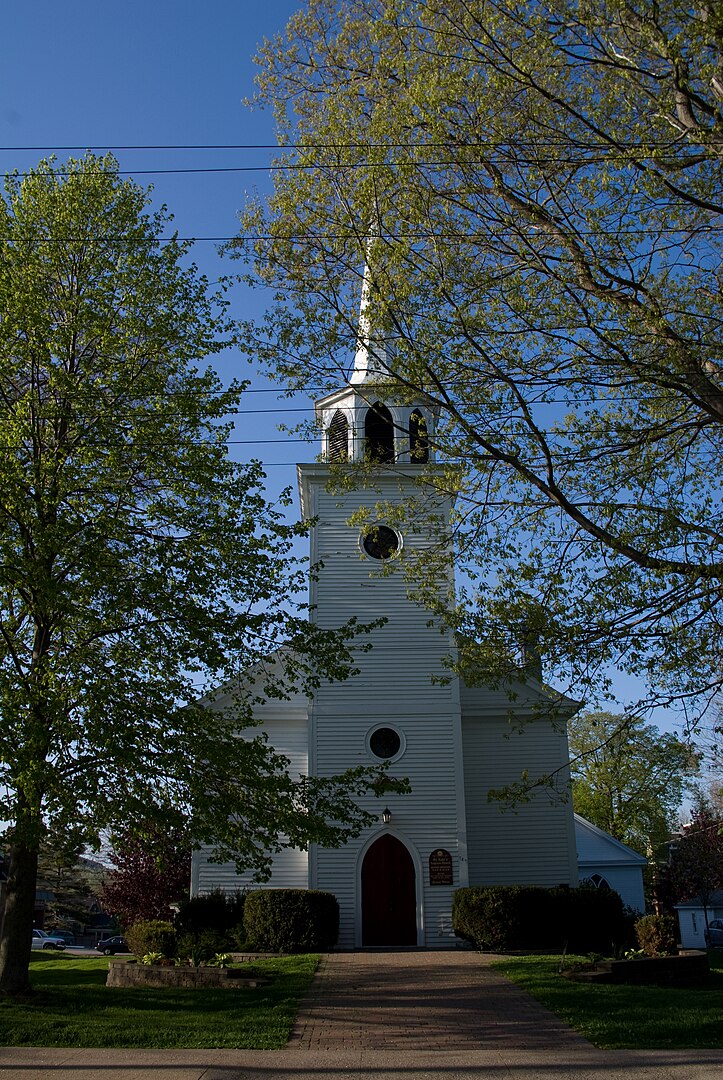
St-Paul’s Anglican Church
Antigonish
1898
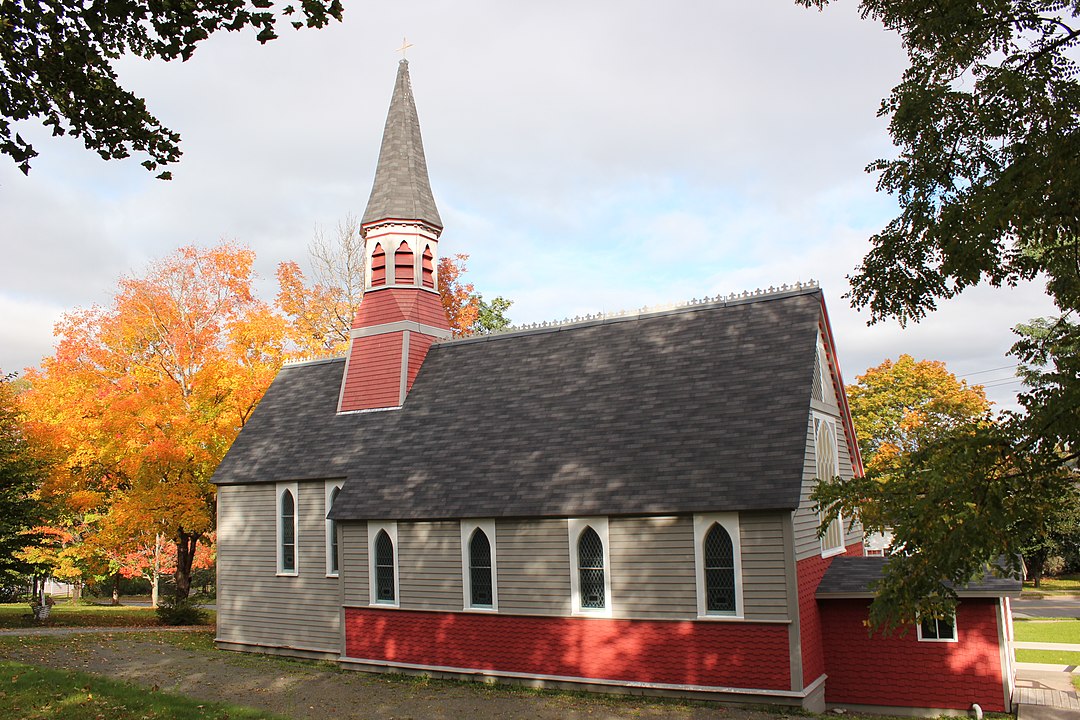
Trinity Anglican Church
Digby
1876
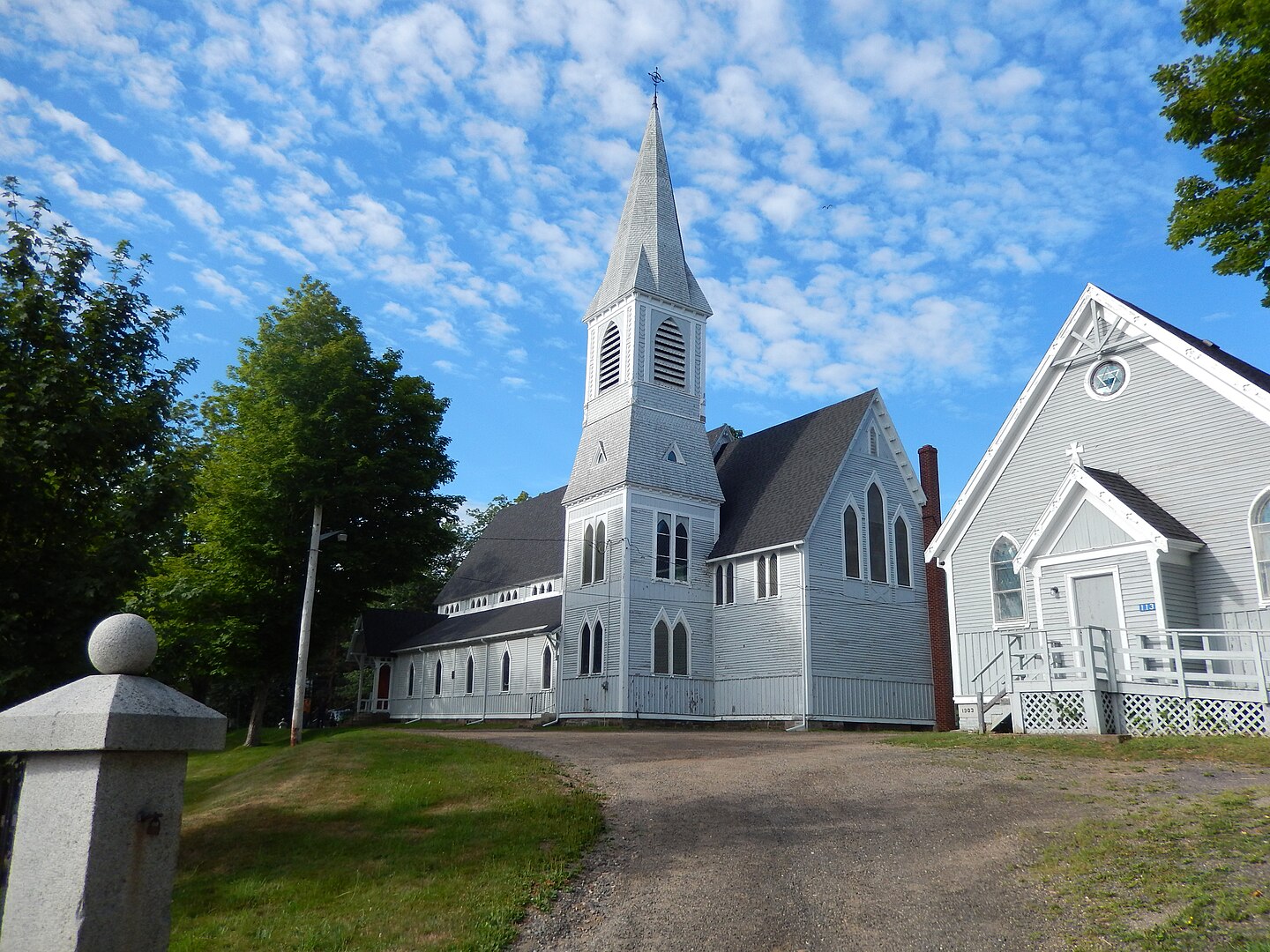
St Ann’s Catholic Church
Guysborough
1873
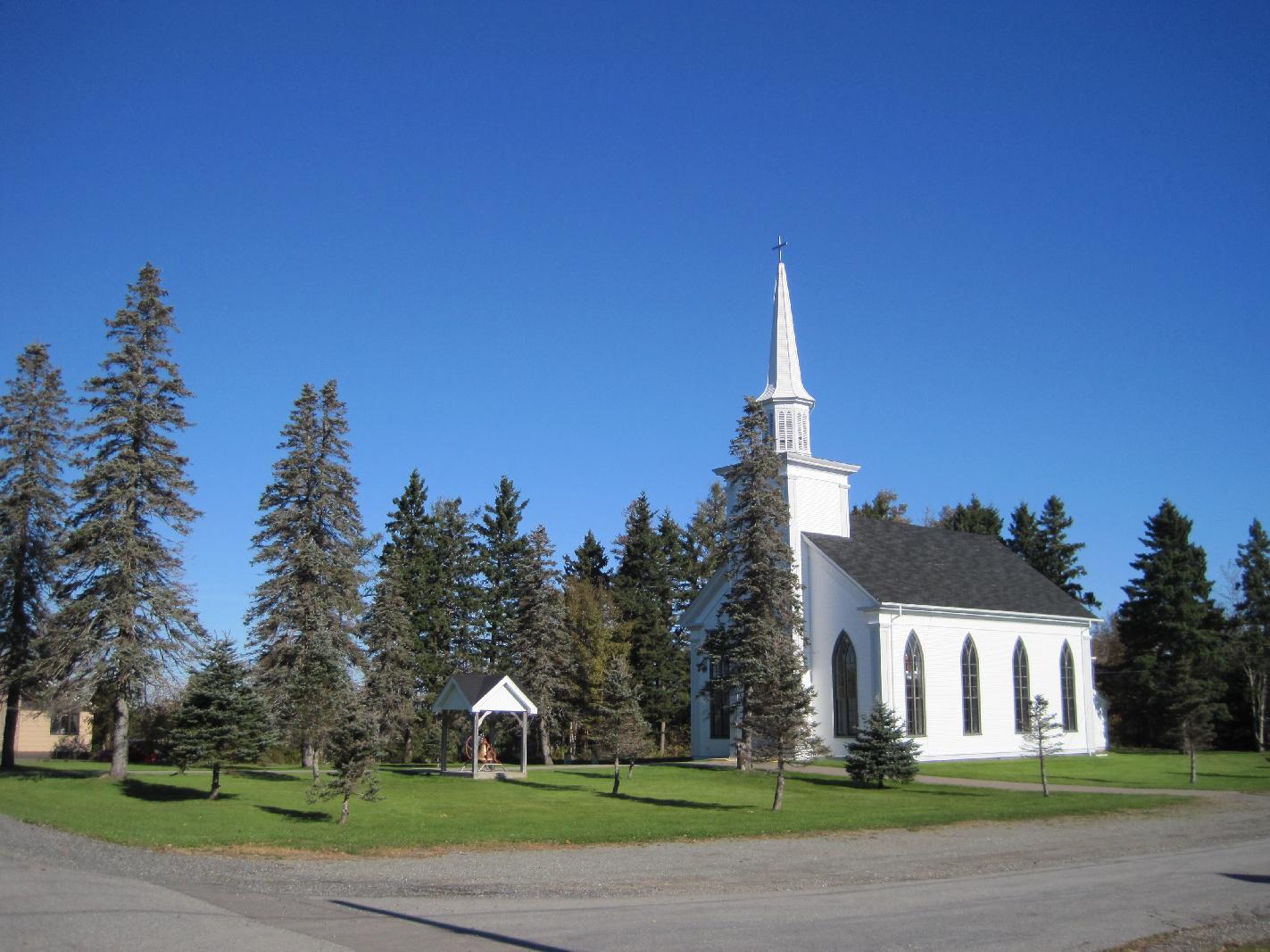
Old Courthouse
Guysborough
1843
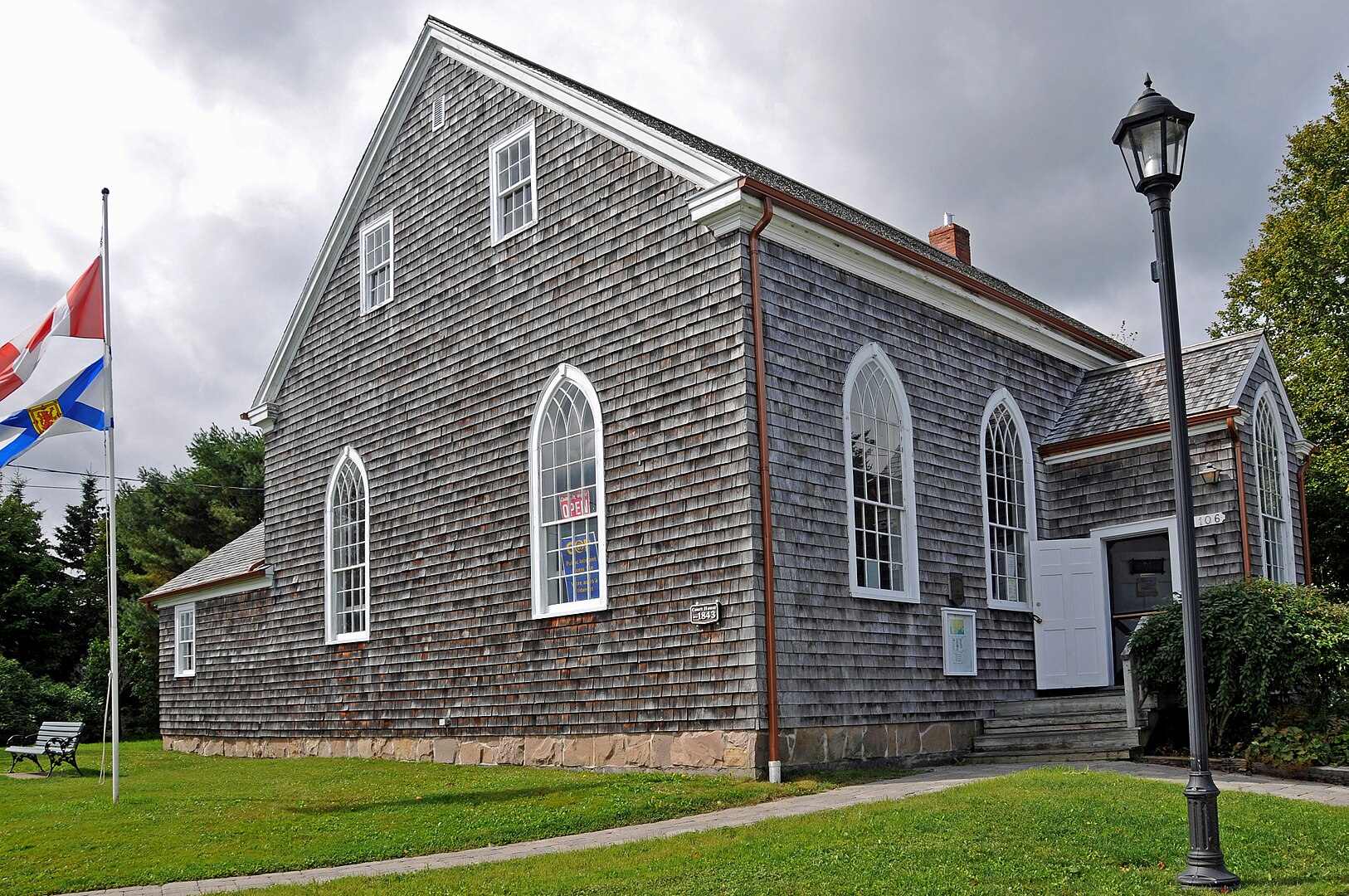
All Saints Cathedral
Halifax
1910
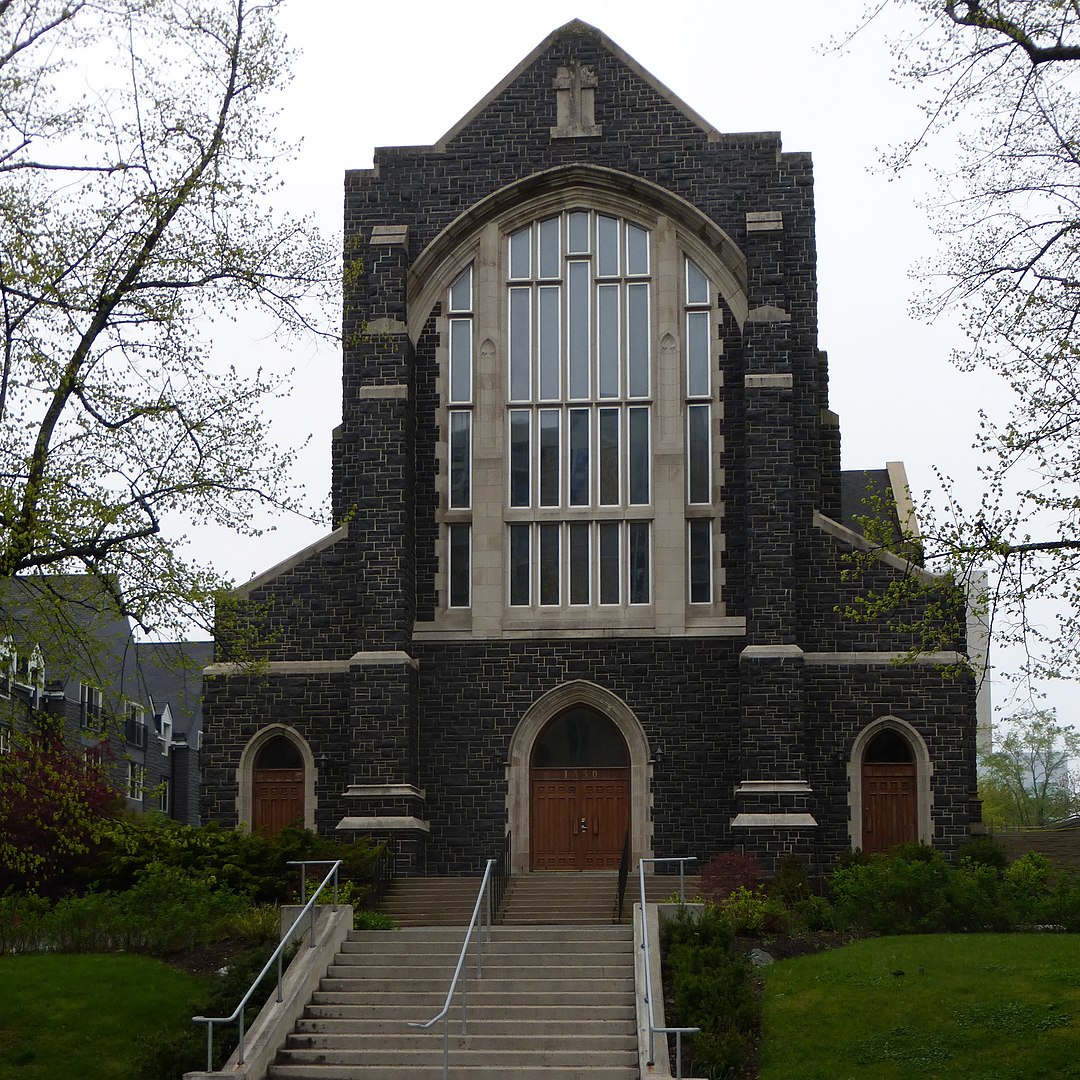
St Mary’s Basilica
Halifax
1899
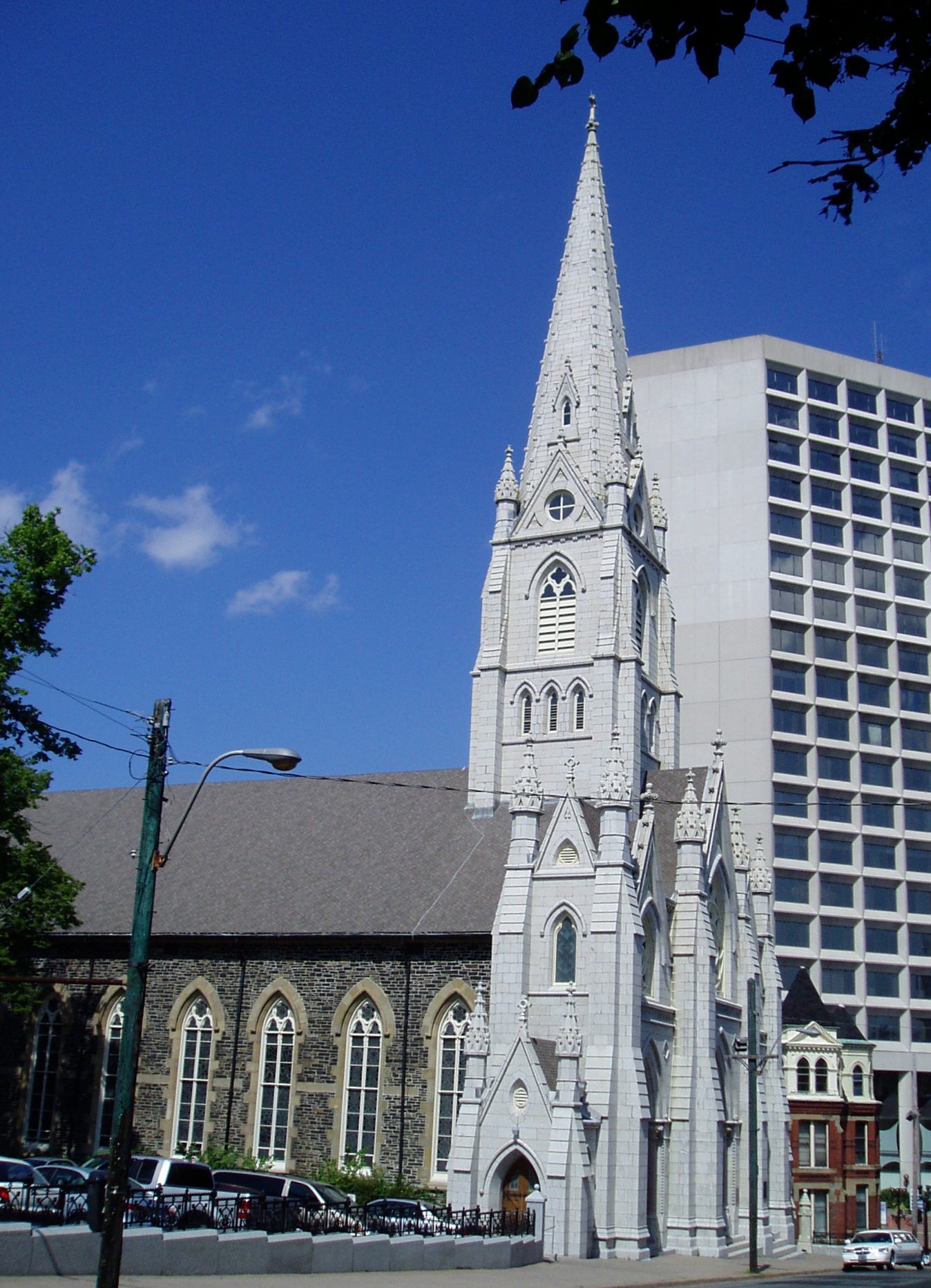
The Khyber
Halifax
1888
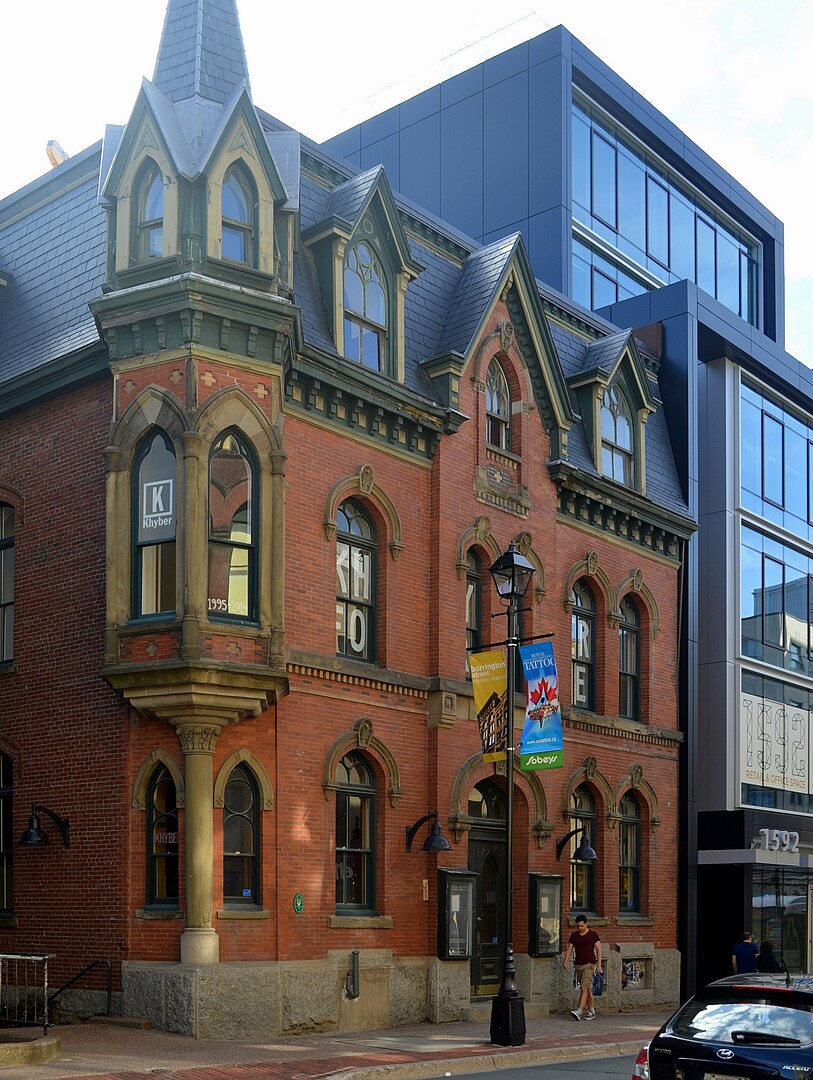
St Patrick’s Church
Halifax
1885
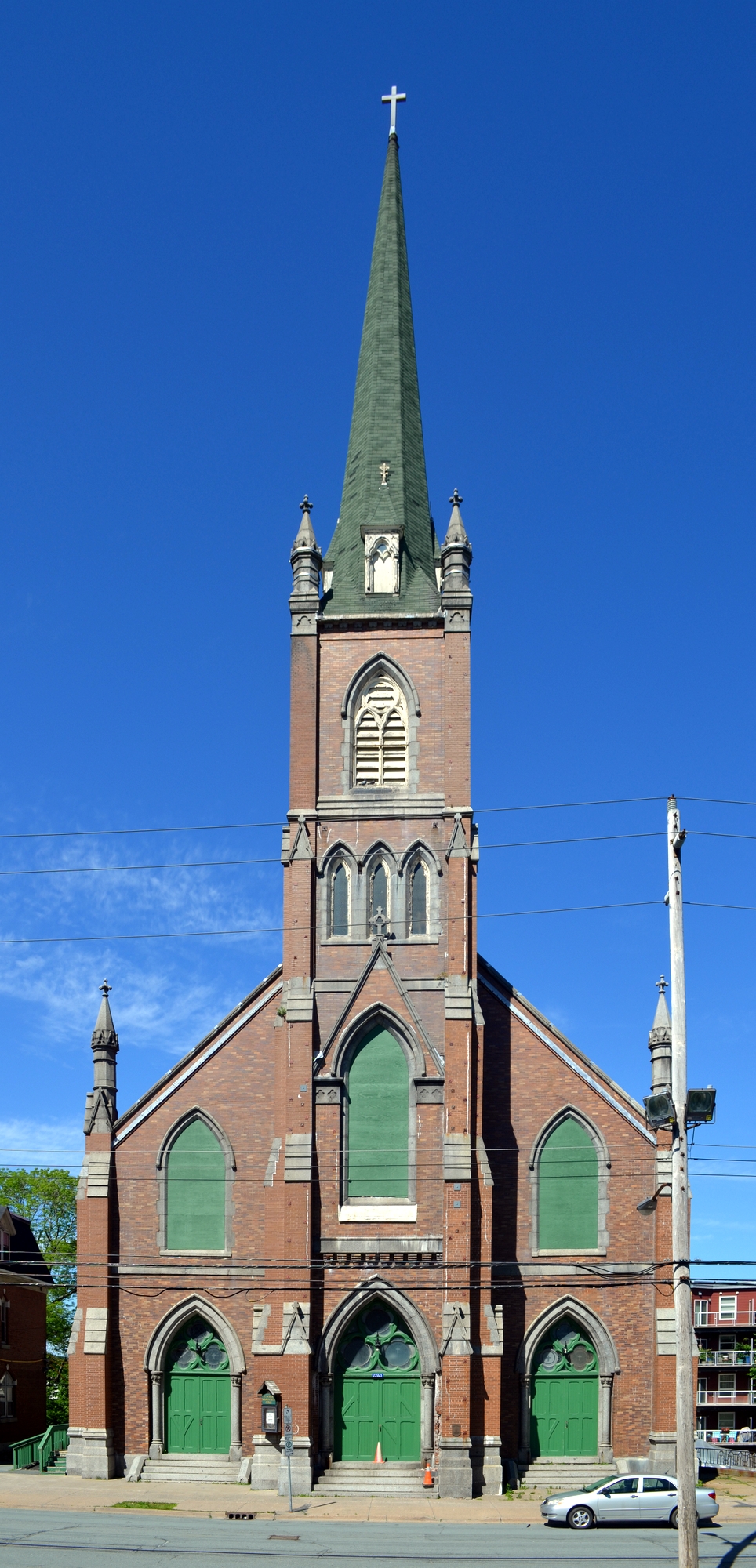
St Matthew’s United Church
Halifax
1857
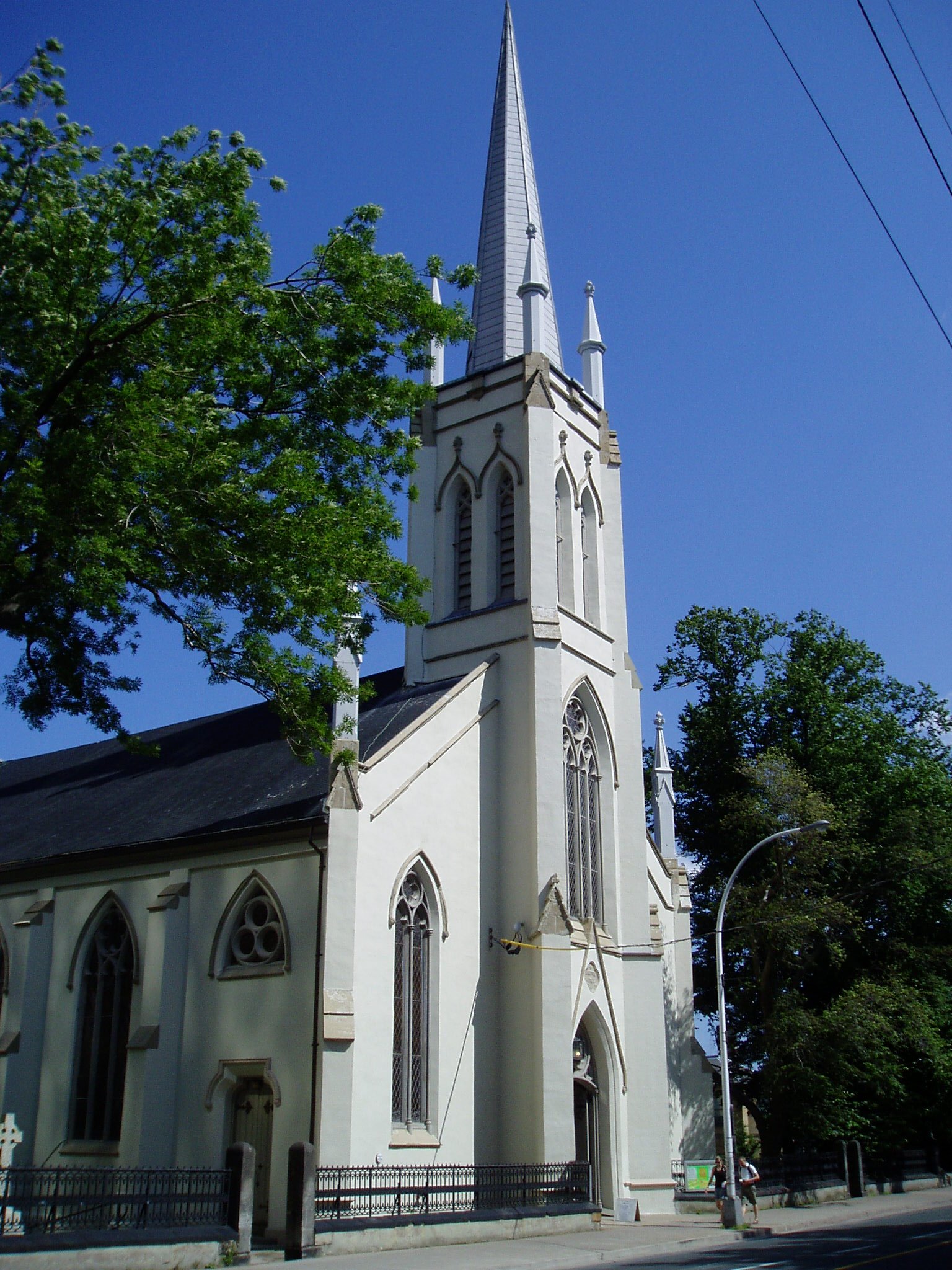
Trinity Anglican Church
Jordan Falls
1887
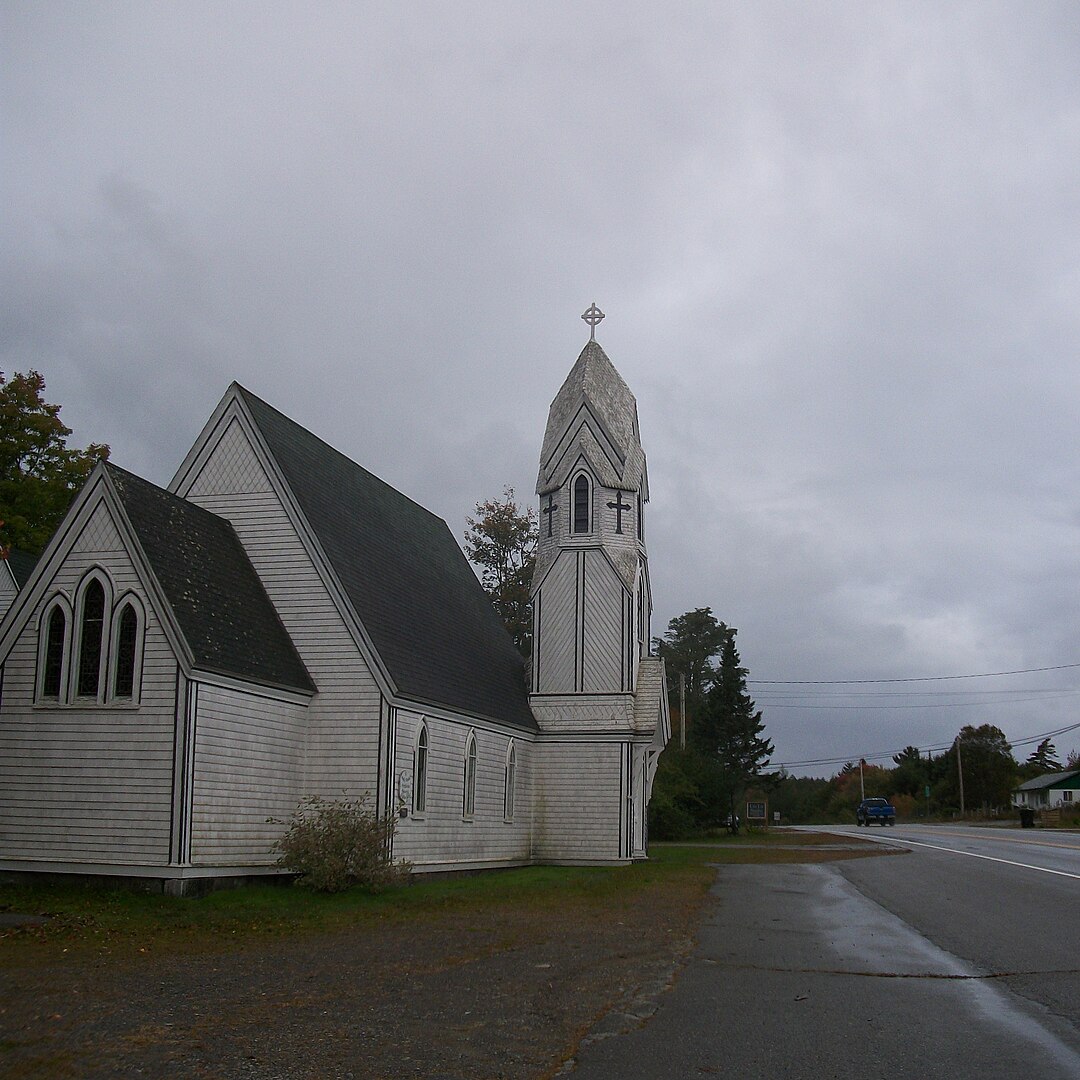
Central United Church
Lunenburg
1885
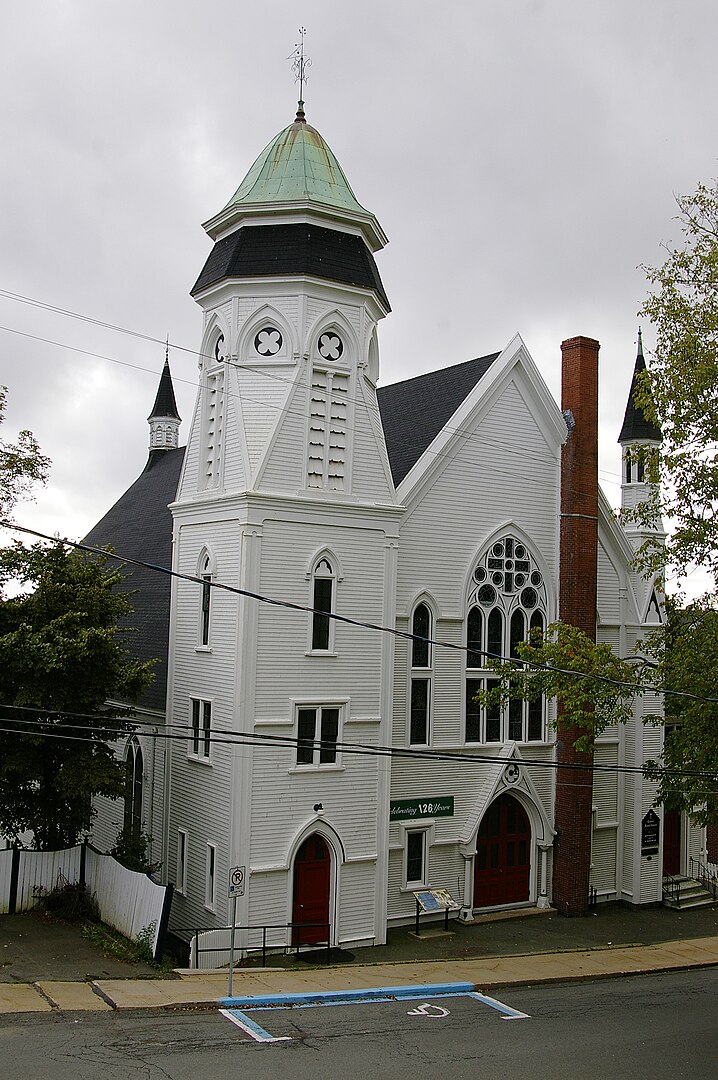
Zion Evangelical Lutheran Church
Lunenburg
1890
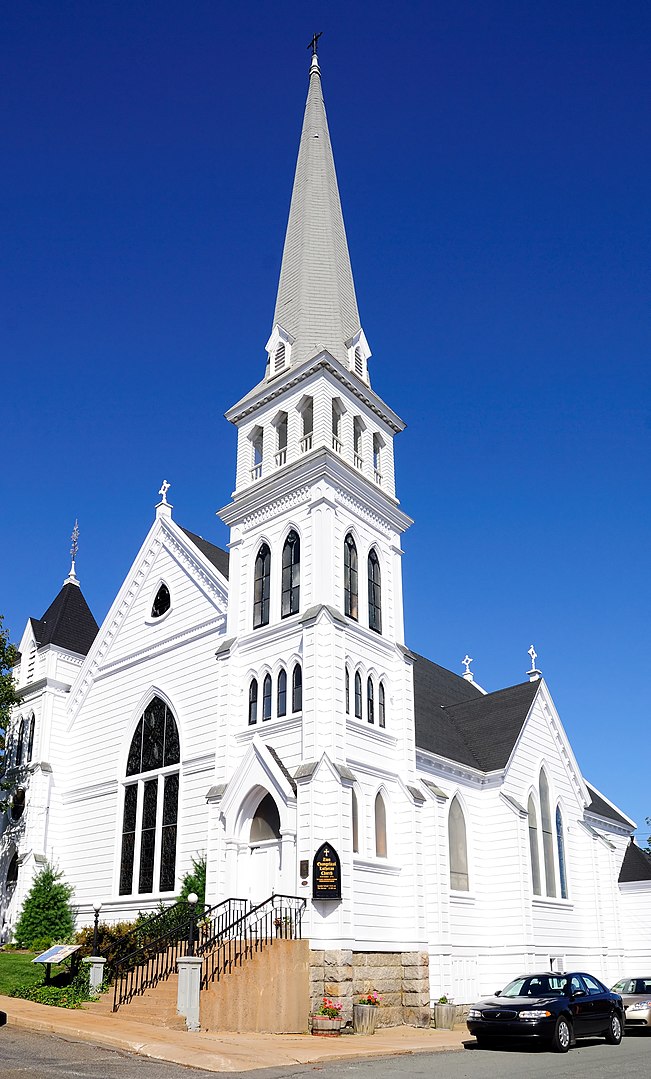
St John’s Anglican Church
Lunenburg
1754
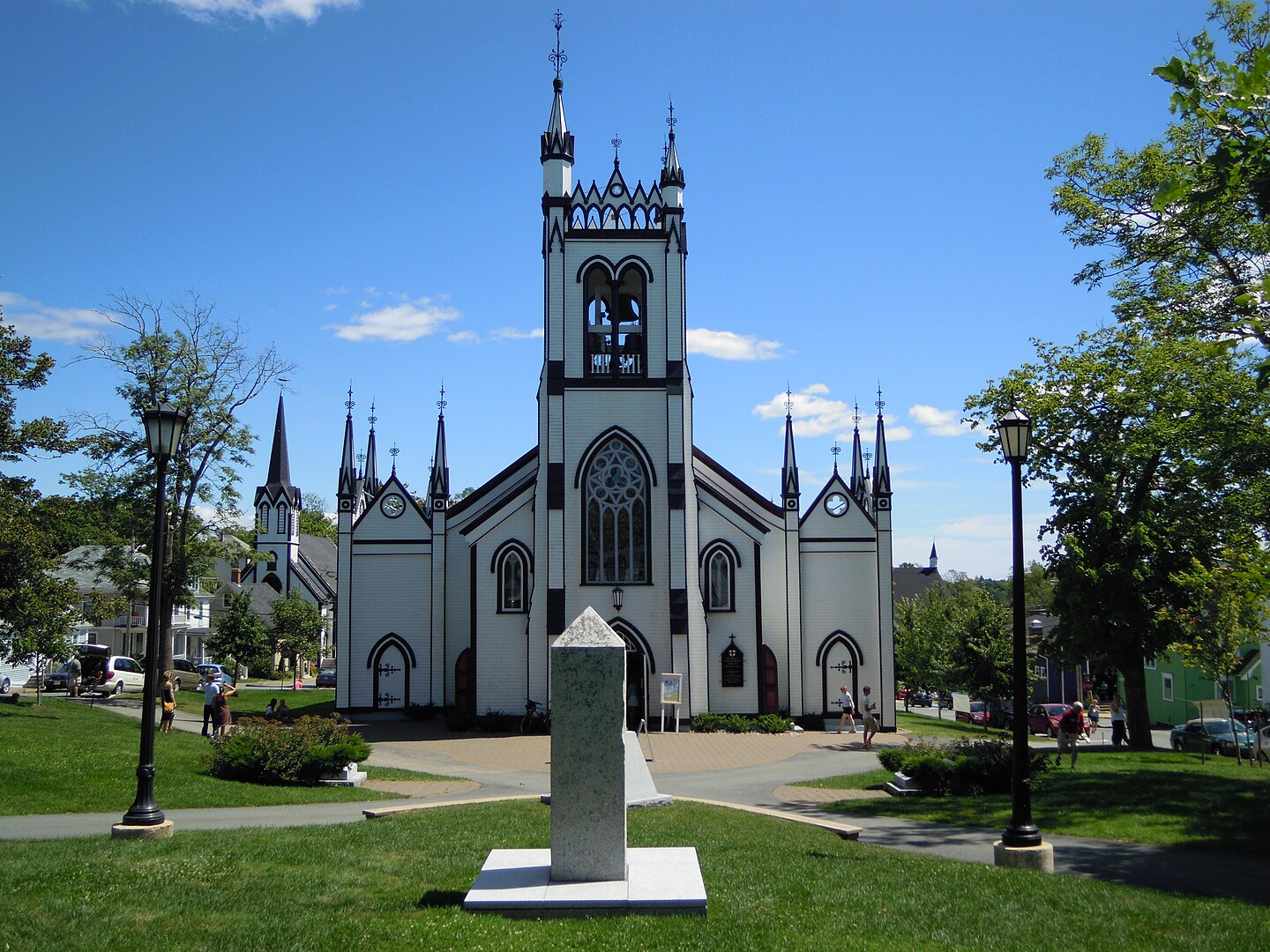
St Mary’s Catholic Church
Mabou
1897
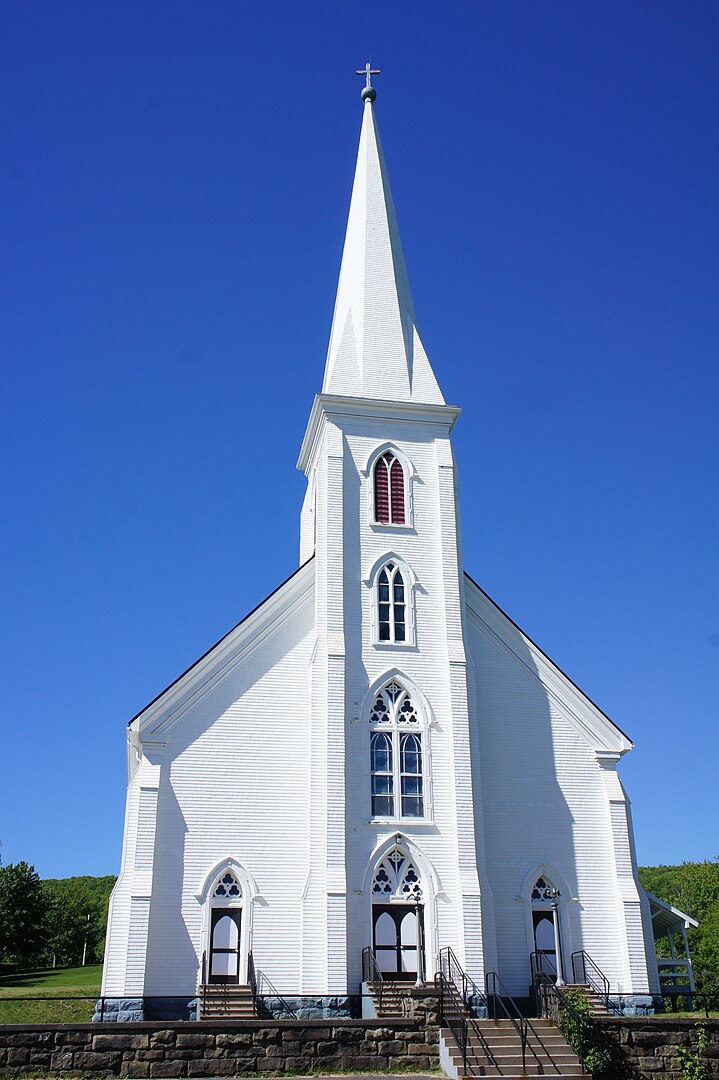
Trinity United Church
Mahone Bay
1835
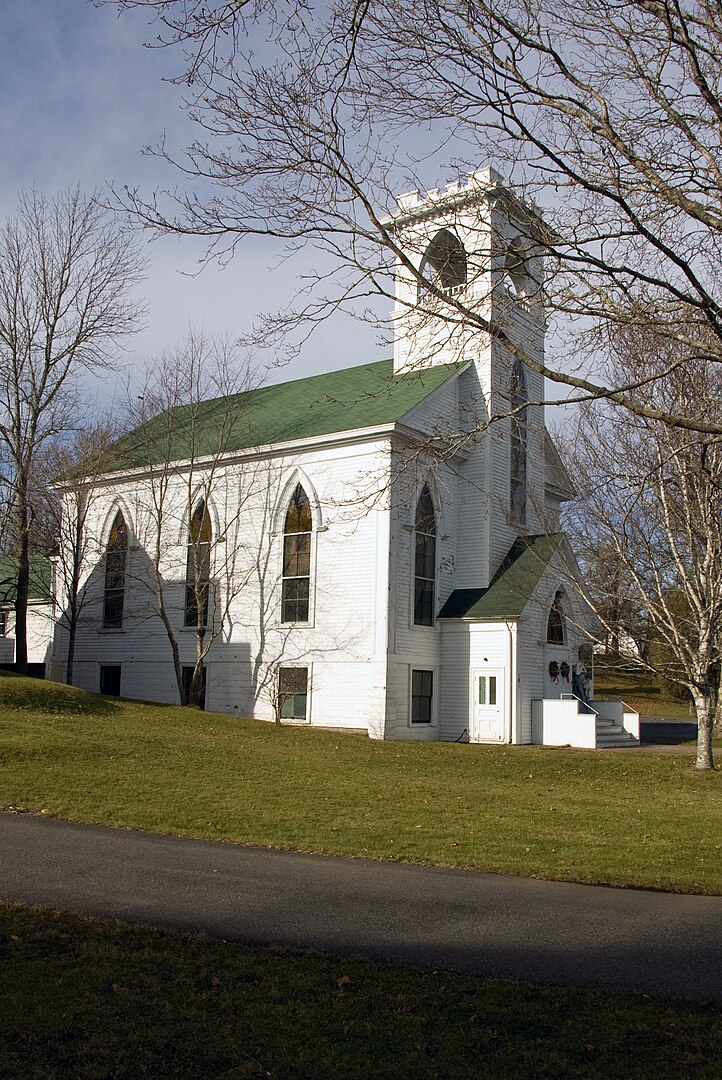
St James Anglican Church
Mahone Bay
1887
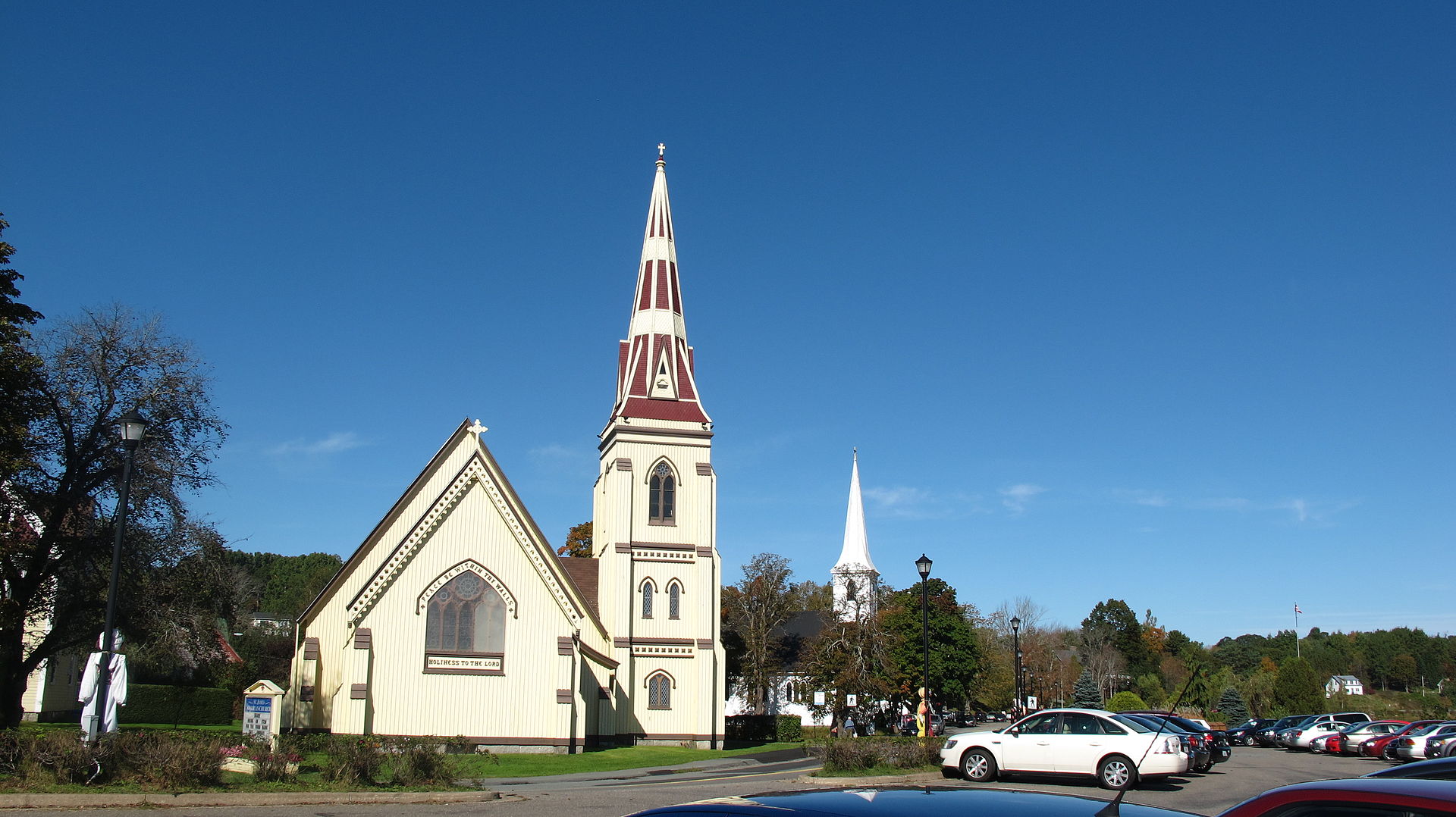
St John’s Lutheran Church
Mahone Bay
1869
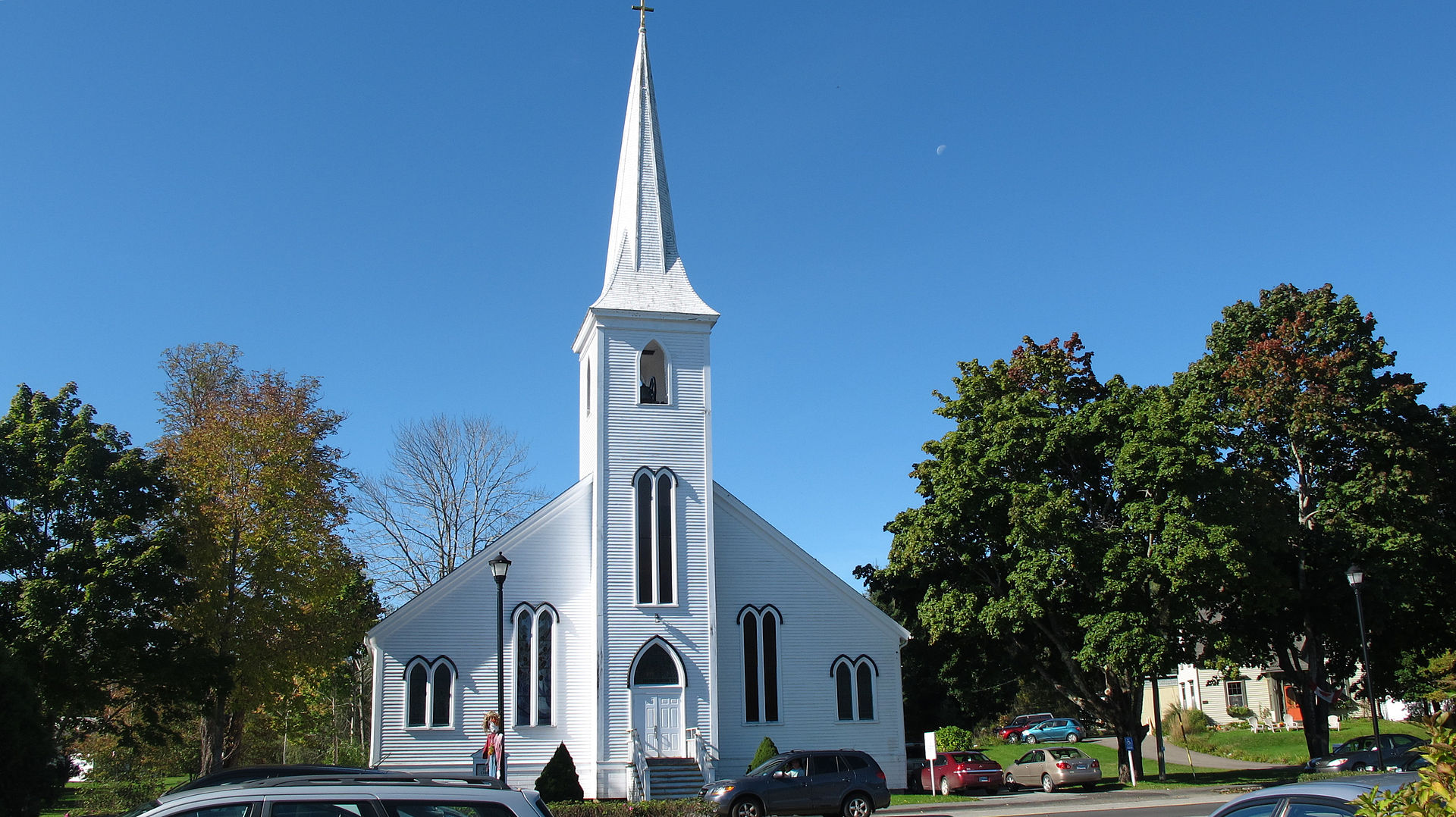
St John’s Anglican Church
Peggy’s Cove
1880
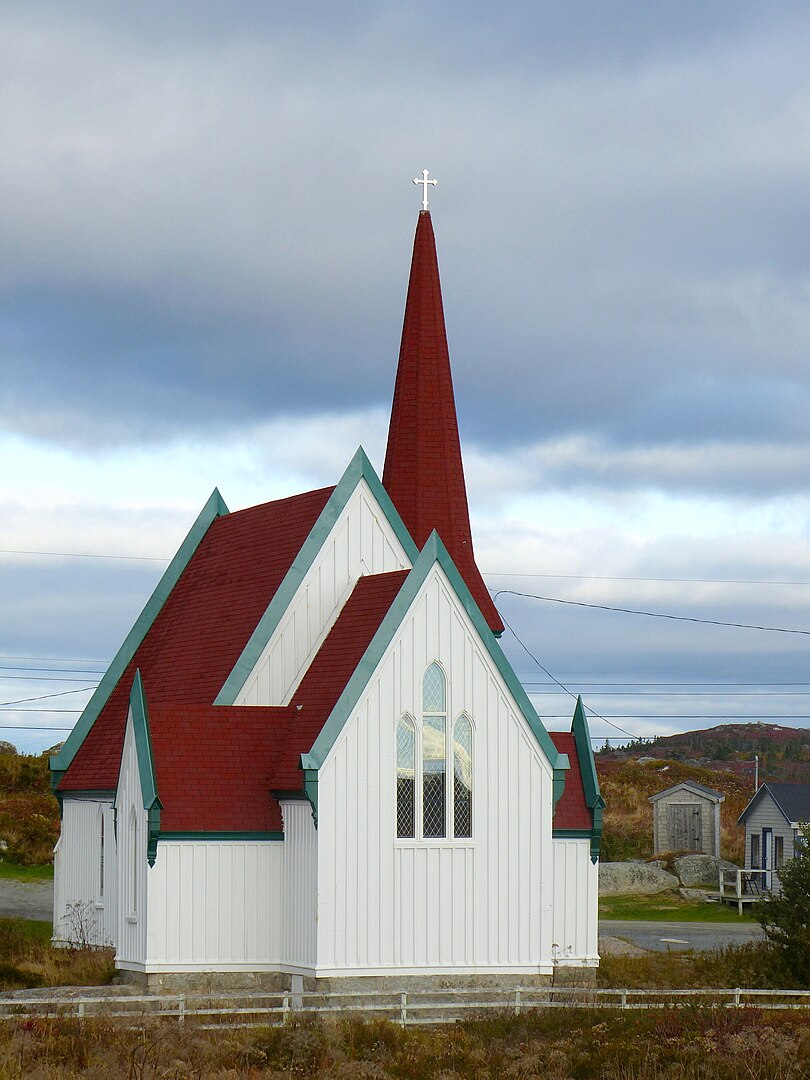
St Bernard Church
St Bernard
1952
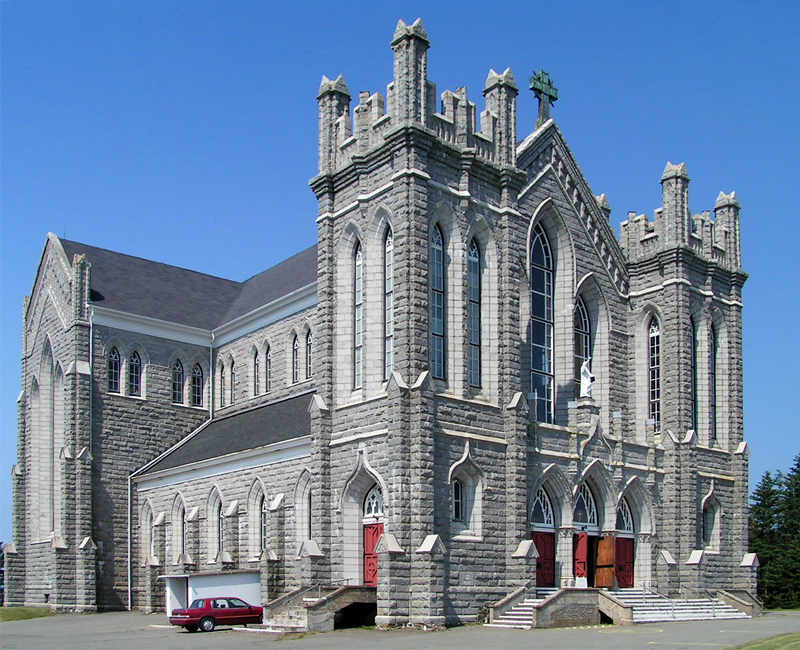
St George’s Church
Sydney
1791
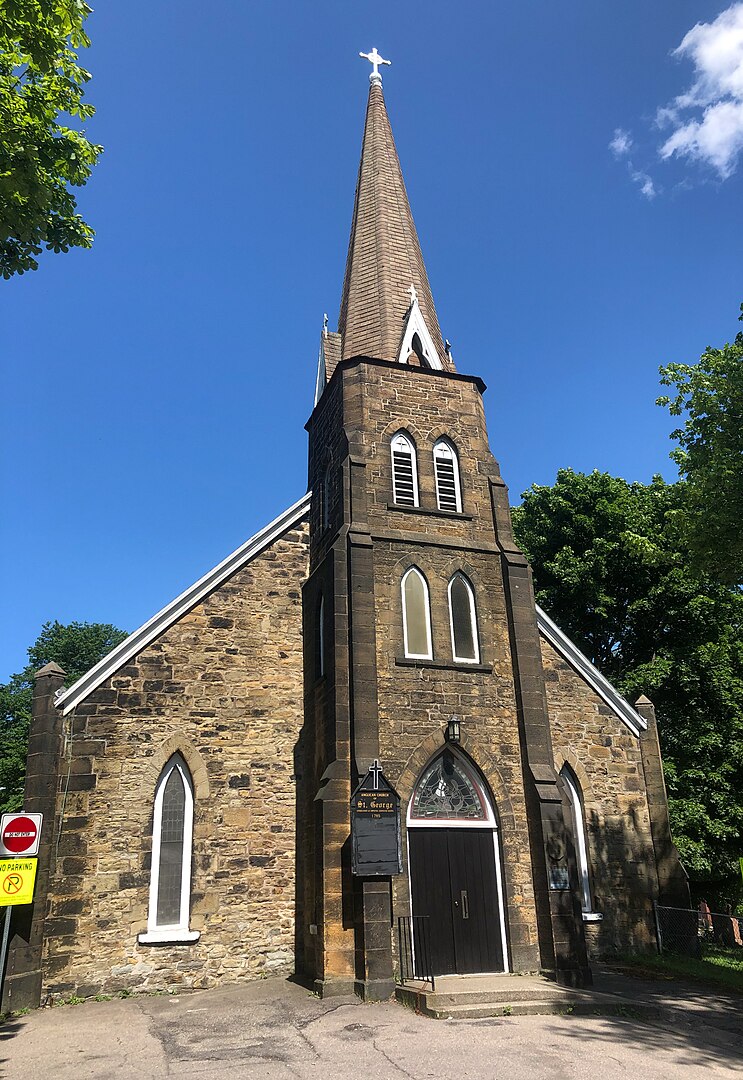
St John the Evangelist Church
Windsor
1909
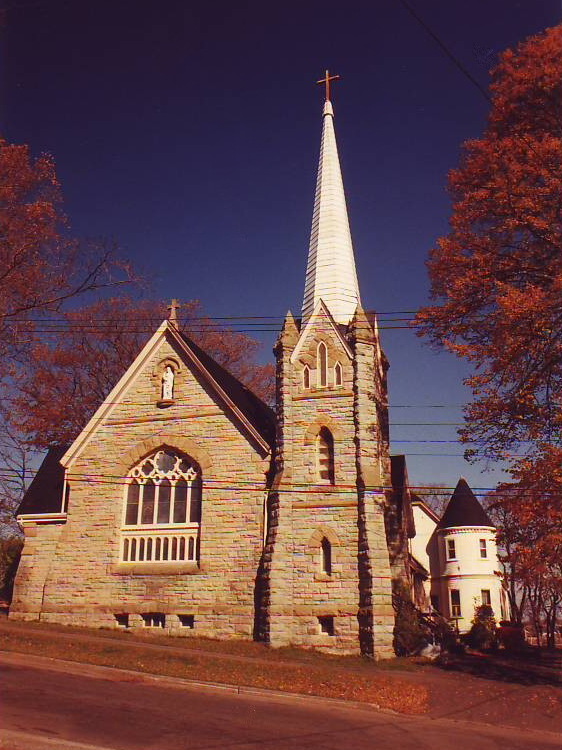
Hemsley Memorial Chapel, University of King’s College
Windsor
1863
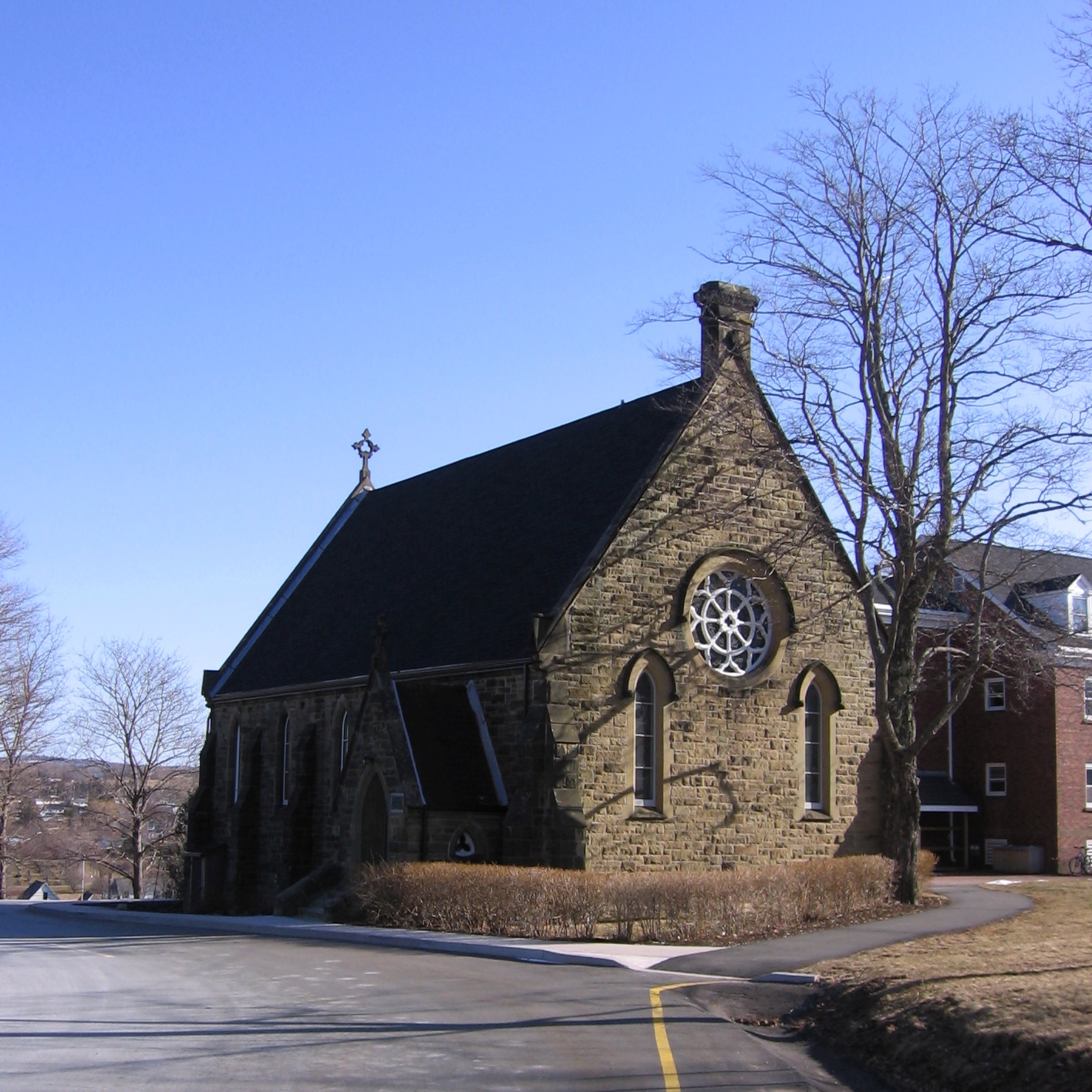
Holy Trinity Anglican Church
Yarmouth
1870
